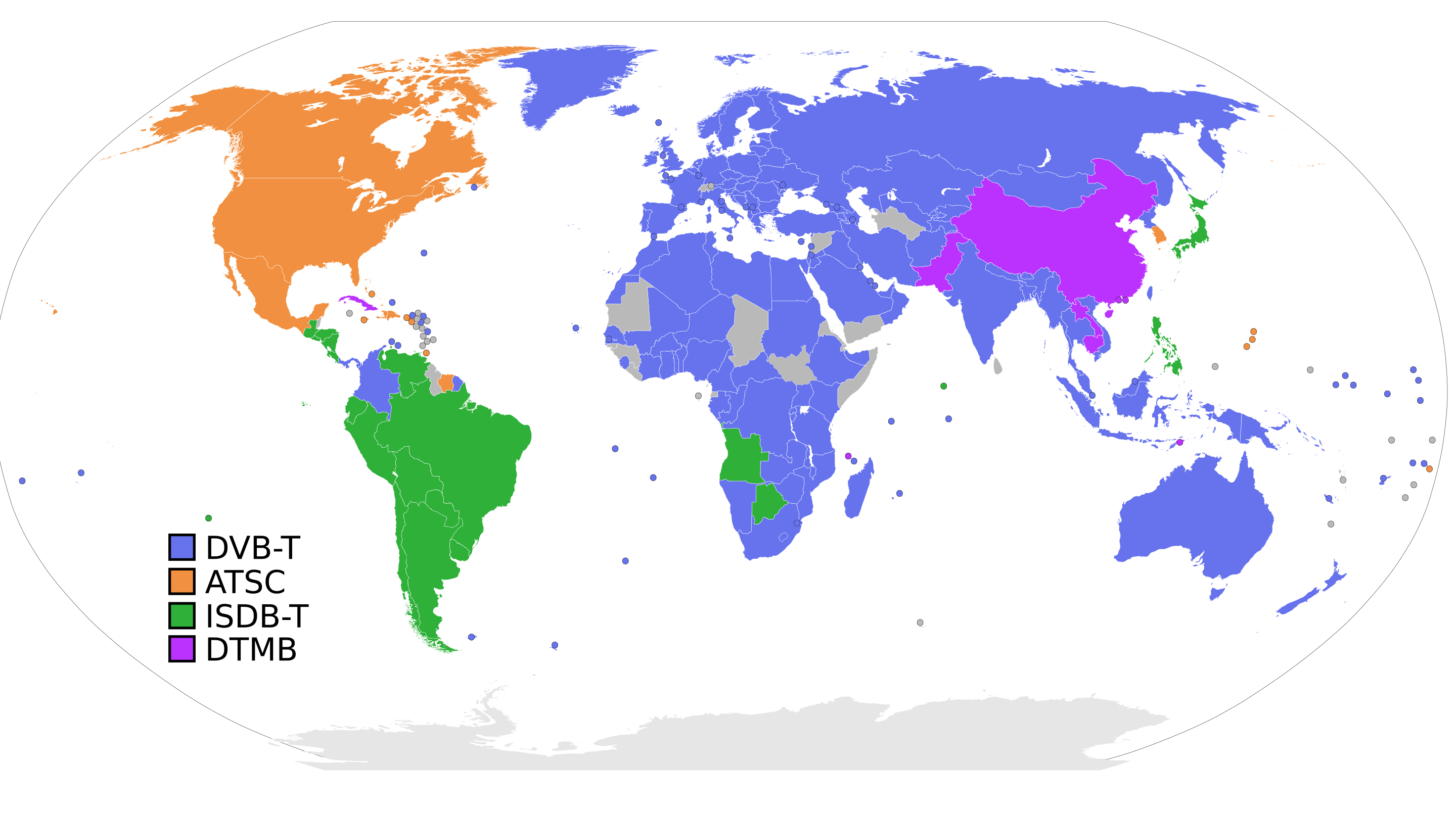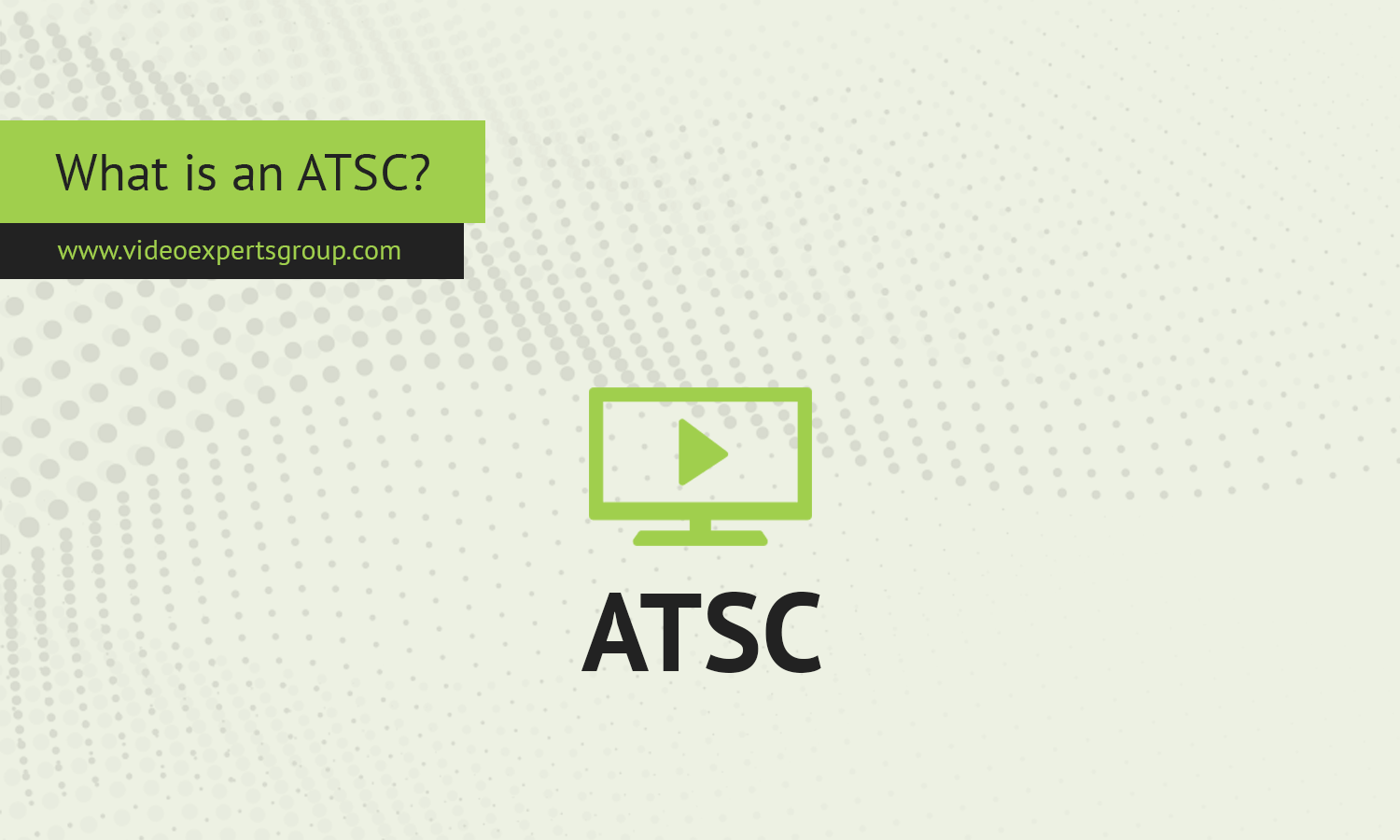The Advanced Television Systems Committee (ATSC) is a group responsible for developing technical standards for digital television broadcasting. Established in the United States, ATSC standards were designed to replace the older analog NTSC (National Television System Committee) system, offering improved picture and sound quality, increased broadcasting efficiency, and support for new services like high-definition (HD) and ultra-high-definition (UHD) television. ATSC standards have evolved over time, with the most significant being ATSC 1.0 and the latest ATSC 3.0, which bring even more advanced features, including internet integration, better reception, and interactive services.
Meaning
ATSC refers to both the Advanced Television Systems Committee, the organization that sets the standards for digital TV transmission, and the broadcasting standards it has developed. The ATSC standards define how digital TV signals are transmitted, encoded, and received, ensuring compatibility across devices and networks. ATSC signals are typically broadcast over-the-air (OTA), meaning they can be received by antennas, but they are also used for cable and satellite television systems.
The ATSC standards bring several benefits over the old analog NTSC standard:
- Higher Resolution: ATSC supports HD (720p, 1080i) and UHD (4K) resolutions, delivering clearer and more detailed pictures.
- Improved Audio: ATSC uses Dolby Digital (AC-3), which provides 5.1-channel surround sound, a significant improvement over NTSC's stereo audio.
- Efficient Use of Spectrum: ATSC uses modern data compression techniques like MPEG-2 and HEVC (for ATSC 3.0), allowing more data to be transmitted within the same frequency range.
- Interactive Services and Data Broadcasting: ATSC 3.0 integrates internet-based services with over-the-air broadcasts, enabling interactive applications and more personalized content.
Countries Using ATSC

While the ATSC standard was primarily developed in the United States, it has been adopted by several countries around the world, especially in North America, South Korea, and a few others. Here are some of the countries that use ATSC for digital television broadcasting:
- United States: The U.S. was the first country to adopt ATSC, where it replaced the old NTSC standard for over-the-air broadcasting in 2009.
- Canada: Like the U.S., Canada switched from NTSC to ATSC in 2011, using it for both over-the-air and cable/satellite broadcasts.
- Mexico: Mexico adopted ATSC in 2004 and fully transitioned to digital broadcasting by 2015.
- South Korea: South Korea uses ATSC for its digital television services, providing high-definition content to viewers nationwide.
- Dominican Republic: This Caribbean nation also uses ATSC for its over-the-air broadcasting.
- Honduras: Another Latin American country that adopted ATSC for its television broadcasting.
In contrast, many other countries, especially in Europe, Africa, and parts of Asia, use DVB (Digital Video Broadcasting) as their standard for digital TV.
How Does ATSC Work?
ATSC works by digitally encoding audio, video, and data streams into a single signal that can be transmitted over the air, via satellite, or through cable. Here’s an overview of how the system works:
-
Signal Encoding and Compression: Before transmission, video, and audio data are compressed to fit more information into a limited frequency range. For ATSC 1.0, this compression is handled by the MPEG-2 codec, while ATSC 3.0 uses the more efficient HEVC (High-Efficiency Video Coding), allowing for UHD broadcasts.
-
Multiplexing: ATSC standards support multiplexing, meaning multiple streams of audio, video, and data can be combined into one transmission. This allows broadcasters to offer multiple channels (e.g., main channels in HD and sub-channels in SD or even radio or data services) on the same frequency.
-
Transmission: ATSC uses 8VSB (8-level Vestigial Sideband Modulation) for terrestrial broadcasting. This is a form of modulation that enables efficient transmission of the digital signal over the airwaves. For satellite or cable transmission, other modulation techniques may be used depending on the infrastructure.
-
Receiving the Signal: To receive ATSC broadcasts, a television or set-top box needs to have an ATSC tuner. The tuner demodulates the 8VSB signal and decodes the digital stream, converting it back into audio, video, and any accompanying data.
-
Enhanced Features of ATSC 3.0: The latest ATSC 3.0 standard takes digital broadcasting to a new level. It integrates IP (internet protocol) technologies, which allows for more interactive services, targeted advertising, and a better viewer experience. ATSC 3.0 also improves signal reception, making it easier to receive broadcasts in areas with challenging conditions (e.g., rural or mountainous regions).
FAQ
- Higher Resolution: ATSC supports HD and UHD video formats, whereas NTSC was limited to standard definition.
- Improved Audio: ATSC includes support for multichannel surround sound, significantly improving the audio experience.
- Efficient Spectrum Use: ATSC uses digital compression techniques, which allows broadcasters to offer multiple channels and services using the same amount of spectrum that NTSC needed for one analog channel.
ATSC represents a significant leap forward in the quality and efficiency of television broadcasting, bringing high-definition content and enhanced audio to millions of viewers. With the ongoing rollout of ATSC 3.0, digital TV broadcasting is set to become even more immersive, interactive, and accessible across different platforms and devices.
















